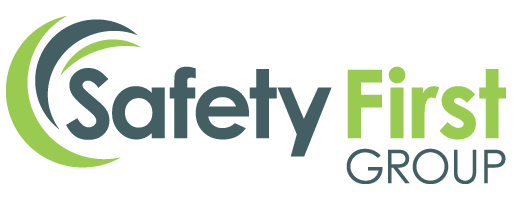Occupational lung disease is currently a hot topic in the manufacturing industry. Importantly, the increased risks have been highlighted in a recent report by the HSE.
According to the report, metalworkers have an increased chance of developing occupational lung disease. This can be due to the frequent use of compressed air guns. Compressed air guns are commonly used in workshops to remove old metalworking fluid from machinery. However, the use of compressed air guns has been criticised due to the fact that they release small droplets of contaminated fluid into the air. Inhalation of these contaminated air droplets is contributing to the rise in metalworkers with occupational lung disease.
The risks of inhaling metalworking fluid
Occupational lung disease in the manufacturing industry is considered to be high risk. By large, this can be due to the inhalation of droplets of water-mix metalworking fluid (MWF). This fluid, along with neat lubricants is frequently used to cool down parts used in cutting and grinding machines.
At low speeds, machines can shed MWF droplets as large as 10mm in diameter. Subsequently, at lower speeds much smaller droplets are produced as ‘mist’. It’s these small droplets that can remain in the ‘mist’ produced as a result of using compressed air machines which increases the risk of inhalation into the lungs.
Long term Inhalation of MWF mist is associated with the rise in occupational lung diseases like asthma and occupational hypersensitivity pneumonitis. Workplace regulations like the Control of Substances Hazardous to Health (COSHH) and Occupational Exposure Monitoring help businesses control employees’ exposure to harmful substances and monitor the chance of long term health problems as a result.
Avoiding occupational lung disease
The HSE report refers to an organised ‘expert workshop’, put together to gain critical views on the continued use of compressed air guns. The workshop was also set up to examine whether there are any barriers to the industry adopting alternative cleaning methods.
A group of 24 experts from the machining industry attended the workshop. The UK Lubricants Association, and a collection of industrial hygienists and health and safety managers all attended.
During the workshop scientists and specialist inspectors for the HSE presented research which indicated that ‘quality standards strongly influence the industry’s preference to use compressed airguns’. Moreover, the strong preference is likely to reduce the likelihood of alternative cleaning methods being adopted throughout the industry.
HSE report findings
- The industry is familiar with some occupational safety risks that arise from the use of compressed airguns, in particular blast injuries & hearing impairment
- The industry is less familiar with the risks of occupational lung disease caused by compressed airguns
- Overall, the manufacturing industry considers the use of compressed airguns the most effective cleaning tool
- The inability to properly clean machinery would have a significant effect on overall damage and contribute directly to failure of parts
- Some manufacturers of compressed air guns have improved the design to reduce mist formation and subsequent ‘splash back’ of metalworking fluid on to the operator
- However, the increased cost of these ‘improved’ airguns would subsequently be a barrier for wider adoption, especially for small businesses
- More evidence is required to form an opinion on alternative types of cleaning equipment
- They considered that more evidence is required about the effectiveness and safety of alternative types of cleaning equipment; particularly if they are to replace compressed airguns for surface cleaning of machined components.
- The industry needs help to raise awareness about the risk of inhaling metalworking fluid droplets when using a compressed airguns
Good workforce compliance saves lives
Along with COSHH and Occupational Exposure Monitoring, long term employee health surveillance is sometimes needed to safeguard employees in the manufacturing industry.
Most regulations are in place to prevent workplace injuries, ill health and death. However, when exposure to some workplace conditions cannot be eradicated completely, the focus also needs to be on monitoring the health of high risk employees and doing what we can to ensure serious health conditions and even death, are fully prevented.
For more information about any of occupational hygiene services, you can visit our website, or contact us for a no obligation chat on 0845 004 2133
